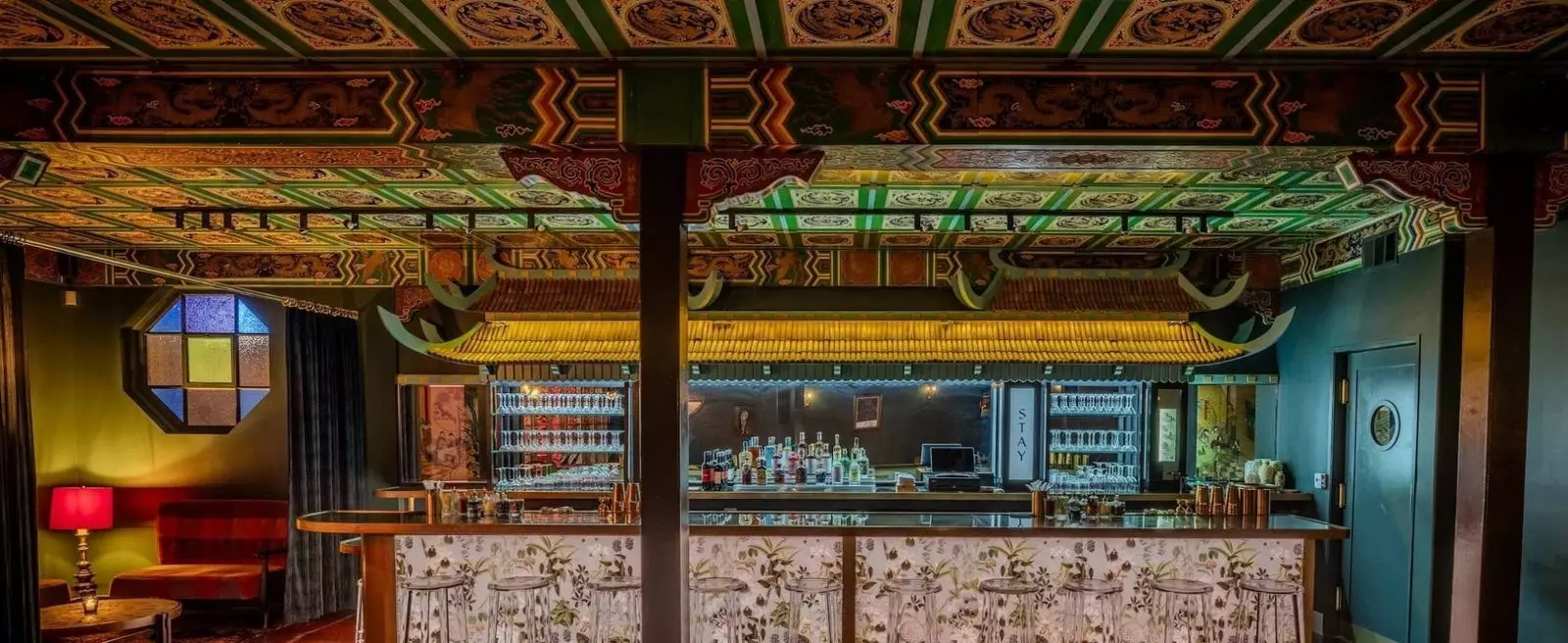In recent years, the rise of the sober-curious movement has captured the attention of various segments of society, leading to a surge in non-alcoholic (NA) beverage options. The opening of STAY., a “zero-proof” bar in Los Angeles, seemed to embody this cultural shift, providing a dedicated space for individuals seeking sophisticated adult beverages without alcohol. Notably, STAY. promised an elevated drinking experience that catered to those wishing to socialize without the effects of alcohol. However, its closure after less than a year raises critical questions about the sustainability and viability of non-alcoholic establishments, particularly in a bustling city like Los Angeles.
Opened in January, STAY. was hailed as the first NA-only cocktail lounge in Los Angeles, strategically positioned in the vibrant Chinatown district. The venue was designed to offer a chic and inviting atmosphere where patrons could enjoy complex cocktails crafted by skilled mixologists, featuring NA spirits that mimicked traditional favorites like margaritas and old fashioneds. Despite its intention of becoming a community hub for sober individuals, the owners, Summer Phoenix and Stacey Mann, announced that STAY. would close, citing difficulties in attracting a consistent customer base.
Reflecting on the closure, Mann articulated the challenges inherent in operating a non-alcoholic bar. Despite the increasing interest in sober living, the establishment wrestled with the dichotomy between cultural acknowledgment and practical patronage. The inability to maintain steady foot traffic in a city rich with nightlife underscores the potential disconnect between rising demand for alcohol-free alternatives and actual consumer participation.
Analyzing the broader landscape of NA beverage establishments, it becomes evident that, while some cities like New York and Austin retain successful NA bars, the model is far from foolproof. Chris Marshall, the owner of Sans Bar in Austin—recognized as one of the pioneering NA bars in North America—reiterated the necessity for these establishments to diversify their revenue streams. Without adapting to an array of income sources, including space rentals and educational programs for traditional bars, finding longevity and stability in this niche market proves to be a formidable task.
Marshall’s insight reflects the reality that non-alcoholic bars cannot solely rely on drink sales. Building a community around sober living requires time, patience, and strategic outreach. Non-drinking patrons may not immediately recognize themselves within these spaces, creating a muted enthusiasm that does not lend itself to spontaneous social visits. Furthermore, the challenge of establishing relatable experiences for these patrons can hamper the growth of consumer interest in NA bars.
Looking toward the future, the concept of a chain of non-alcoholic bars remains an aspiration yet to be realized. According to Marshall, the industry still has a significant way to go before this becomes a widespread reality. For now, flourishing businesses in the NA sector appear to be bottle shops where customers can purchase quality NA beverages for personal enjoyment at home. The transition from traditional bars to specialized NA establishments requires not only a shift in consumer habits but also a cultural paradigm that embraces sobriety in a more public capacity.
While STAY.’s exit from the LA scene serves as a reminder of the challenges besetting non-alcoholic bars, it also highlights the critical role community engagement plays in establishing these spaces. Educating the public and fostering an inclusive environment are paramount to bridging the gap between recognition and action. As the sober-curious movement continues to evolve, the lessons gleaned from the rise and fall of establishments like STAY. may inform and pave the way for future innovations in the non-alcoholic bar landscape. The journey towards a sustainable model is ongoing, and it demands resilience, creativity, and a strong sense of community.


Leave a Reply